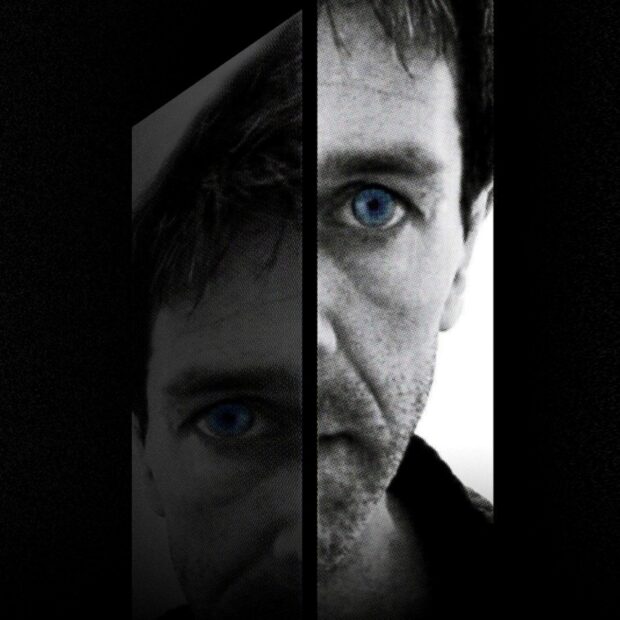A little too much of the songbird and not quite enough snake.
The Hunger Games: The Ballad of Songbirds and Snakes takes us back to a post-war Panem, peeling back the veneer of the Capitol to reveal the seeds of the Hunger Games we know. Decades before Katniss Everdeen ignited rebellion, we meet a young Coriolanus Snow, played with surprising depth by Tom Blyth. Far from the cold despot we recognize, he’s a young man wrestling with ambition, morality, and the ghosts of his family’s lost glory.
Visually, the film reprises the disturbing mix of Capitol decadence and District despair, but with a rawness that hints at a nation state still recovering from a generational calamity. The Capitol’s opulence hasn’t yet grown into the grotesque splendour we remember—it’s more restrained, fractured even. Meanwhile, District 12 is appropriately bleak, its chill and grime rendered so tangibly you can almost feel it. The production design nails this precarious balance, making Panem’s world-building feel both intimate and expansive.
Tom Blyth’s Coriolanus is no moustache-twirling villain; instead, he’s a complex figure whose early transformation is handled with subtlety and care. However, once Snow’s actions are discovered and he falls from grace, the transition feels rushed and muddled, lacking the finesse of his initial character arc. Opposite him, Rachel Zegler as Lucy Gray Baird is a magnetic presence. Lucy Gray is a force of nature—equal parts defiance and vulnerability, her folk songs resonating like haunted lullabies, drawing Snow and the audience into her orbit. The chemistry between Blyth and Zegler feels like a dangerous waltz—tender and electrifying, yet always on the brink of manipulation.
Director Francis Lawrence, returning to the franchise, deftly balances the story’s quieter, introspective moments with raw, personal action. The pacing does drag at times, with certain stretches heavy on world-building that, while rich, slow the main narrative. Still, those who invest in these moments will find fascinating insights into how Panem’s twisted traditions took shape. Of course, The Ballad Of Songbirds And Snakes suffers from the bane of prequels, the desire to explain the origin of irrelevant minutiae in the erroneous belief it will lend the film a stronger sense of legitimacy, although learning that Katniss was named after a swamp potato might just be worth the price of admission on its own. Frustratingly, though, it doesn’t connect its characters in the way the audience may be expecting or hoping. There’s zero link between Lucy Gray and Katniss Everdeen which, given the character’s ambiguous fate, feels like a missed opportunity to build up the mythology of the series.
Beyond the compelling lead couple, Viola Davis’ portrayal of Dr. Gaul is a standout—her manic, almost gleeful portrayal of the Capitol’s head Game Maker adds a layer of cackling supervillainy that this as-yet-Snow-less saga lacks. Yet, characters like Dean Highbottom and Lucky Flickerman lack depth, feeling more like plot devices than fully realized individuals, which can make their scenes of the film feel unfocused. There’s a similar lack of depth to the archetypes that make up the other Capitol Academy students and their Hunger Game combatant charges. It’s a more conspicuously diverse group than in the other movies but we spend so little time with most of them that they rarely rise above the one-sentence character summaries they likely began life as.
Action scenes are sparingly used, but this works in the film’s favour. The arena sequences are stripped of spectacle, focusing instead on the raw, claustrophobic struggle for survival. It brings the horror of the Games into stark focus—less about flashy choreography and more about the brutal realities of desperation.
Where The Ballad of Songbirds and Snakes truly excels is in its dissection of the politics and power structures of the early-era Capitol and the chillingly twisted logic behind the creation of the Games. The origins of this barbaric spectacle are painted in grim strokes, a reflection on humanity’s willingness to trade morality for control. It’s unsettling, and exactly what a Hunger Games prequel should be—a look at how darkness takes root and thrives.
Ultimately, The Hunger Games: The Ballad of Songbirds and Snakes becomes a microcosm of the Hunger Games saga as a whole: at its strongest during the build-up and resultant spectacle of the games, but less surefooted once the games are over. It knows where Snow came from but doesn’t seem all that sure on how exactly he ended up where we first met him, resulting in an intriguing but flawed exploration of how monsters can be made.








